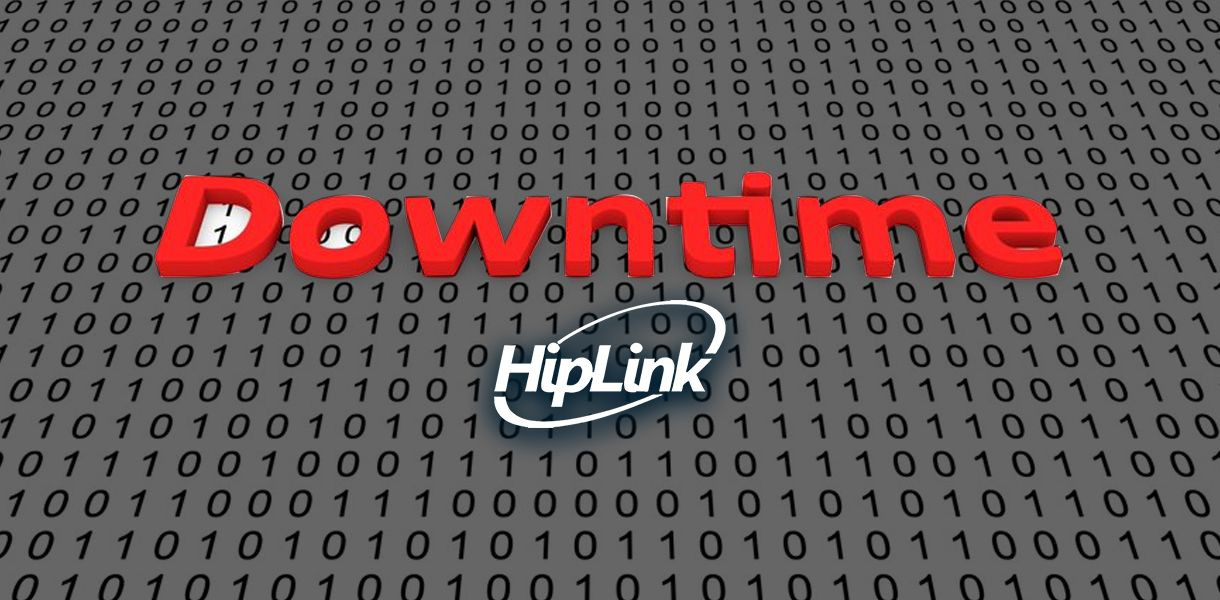IT downtime is a certainty in any business. Even with advanced cybersecurity planning and ironclad disaster recovery tools, most companies will eventually need to contend with a loss of system operation.
The costs of these IT outages can be drastic. According to Gartner, the average cost of IT downtime is $5,600 per minute, a benchmark that can vary significantly based on business size. For larger enterprises, an unplanned IT outage can cost closer to $9,000 per minute, costing the business $540,000 over a single hour.
And that’s just the cost of the downtime itself, not factoring in additional costs for labor, troubleshooting, or the impact the outage might have on intangibles like customer trust.
Indeed, an IT outage is much more than just a lost connection for a few hours, though as many IT managers can attest, those few hours can be the longest of your life! Every business needs to understand the risks of outages, what’s at stake, and how to prevent financial losses during IT downtime.
The Impact of Outages
IT outages may be inevitable, but that doesn’t undercut how serious they can be. Even small companies may be on the hook for thousands of dollars in lost revenue and productivity (keep reading to learn how to calculate these metrics), and many businesses won’t have the capital on hand to address these issues. Every minute of downtime means hundreds, if not thousands, of dollars left on the table.
Unfortunately, this means that IT outages can be enough to put companies out of business, especially those without disaster recovery tools or communication technologies that allow for more efficient system troubleshooting during outages.
And it’s not just a question of dollars and cents. An IT outage can affect many aspects of a business’s operation. Losing the ability to provide essential goods/services and process revenue-driving transactions is only the beginning. What happens to customers' perception of your brand when they can’t access your site or the services they’ve paid for? What about employee morale?
These intangibles aren’t possible to measure precisely (though social media offers a glimpse into how customers feel about your company). Businesses that experience downtime should be aware of their customer's needs and take quick action to remediate the issue. This means resolving the issue as quickly as possible and setting up processes to reach customers and inform them of potential outages.
Emergency-proof messaging alert systems that work independently of your primary IT system help here, offering businesses a quick emergency channel to update customers on issues.
It’s a simple solution, but being transparent about downtime helps keep affected customers informed and does a little to preserve trust in the face of unplanned outages. This frees businesses to focus on remediation and getting systems back online as quickly as possible.
Calculate the Cost of an IT Outage
When examining the impact of an IT outage, there are two ways to measure the damage: cost to productivity and revenue loss. These metrics can be calculated with a few simple formulas.
For lost productivity, you'll multiply the number of employees affected (E) by the amount they are affected (%). Then, you'll multiply this by the average cost of employees per hour (C) and the number of downtime hours experienced (H). Use this formula:
-
E * % * C * H
For example, you might experience a 4-hour outage affecting your staff of 20 employees, preventing them from doing half of their critical tasks. Assuming these employees make an estimated $20/hour, your calculation would look like this:
-
20 employees * 50% productivity affected * $20 hourly rate * 4 hours
-
Lost productivity totals $800 for the outage
Next, calculate revenue loss per hour by dividing gross annual revenue (GAR) by total annual business hours (TH), then multiply that figure by the percentage impact of the outage (%) and then by the total hours of downtime (H). This makes our formula:
-
(GAR/TH) * % * H
In this example, your business might achieve $500,000 in GAR across an estimated 2,000 work hours. If the IT outage affects productivity by 50% for 4 hours, here's a rundown of the costs:
-
($500,000/2,000) * 50% * 4
-
Revenue lost per hour totals $500
These basic calculations offer insight into how potential downtime will affect a business's bottom line, but they're only the beginning of measuring the impact of IT outages. Lost revenue can be regained over time; what's harder to manage is the impact these issues have on customer perceptions of a brand.
The Real Cost of Outages
The above calculations may help businesses come to grips with dollars lost from unplanned outages, but the actual cost of an outage is far more significant—and far harder to quantify—than a mere formula may suggest. Even minor outages can have disastrous implications for businesses of any size. And if a company doesn't have the proper tools to address these costs, the blackout can quickly become fatal.
To help business owners understand the impact of outages and what critical factors need to be considered in their remediation plans, we put together a whitepaper: The Cost & Impact of IT Outages. Within, we discuss in more depth the potential costs associated with downtime, the role of communication in incident response plans, and how much money can be saved by leveraging smart messaging tools as part of your disaster recovery plan.



